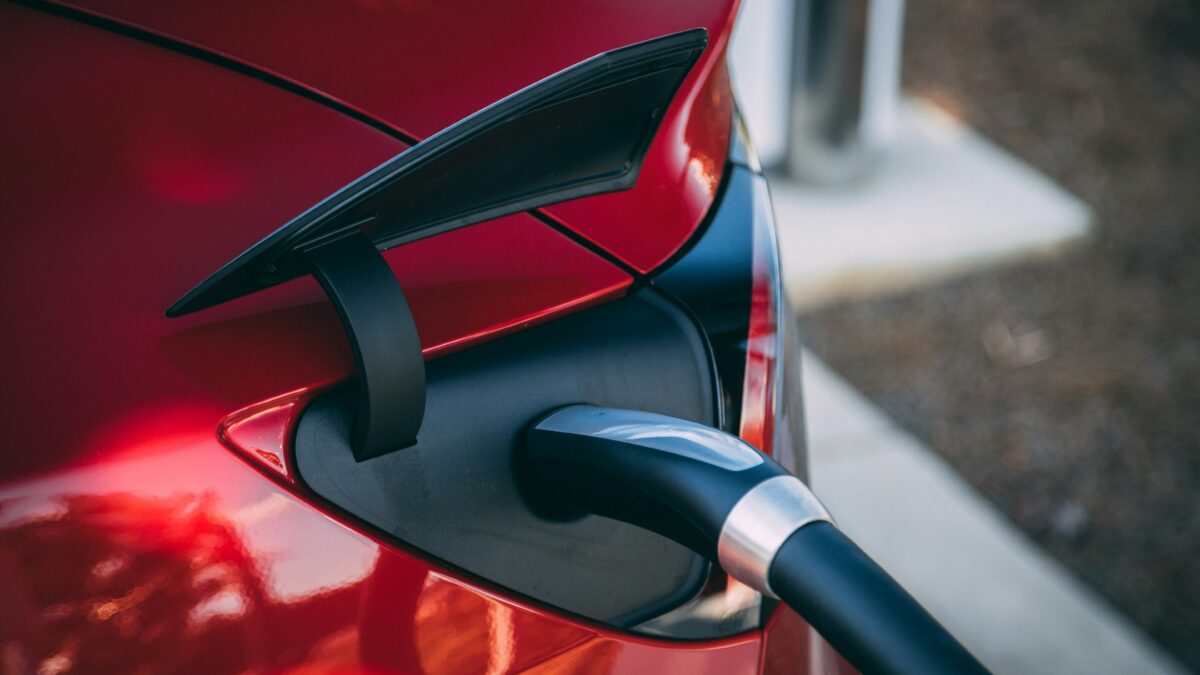Electric Vehicles In the Collision Space
Over the last few years, electric vehicles have increased in popularity due to the high investment from automotive manufacturing companies and many of the world’s governments. The technology surrounding battery design and production, as well as the implementation of various technological advancements within the vehicles themselves, has lent a hand in propelling the interest and sales of electric cars.
They have been marketed as the future of the automotive industry and a significant component in decreasing global carbon emissions. As electric vehicles are still a relatively new technology within the motoring sector, consumers are still curious about the protection and safety they may offer their passengers and if it is at the same standard as traditional combustion engine cars.
Within this article, we will dissect how safe electric vehicles truly are for the consumers who invest in them.
Analysis of Electric Vehicles in the Collision Space
Weight Differences
One of the factors that has changed from traditional combustion engine vehicles to electric vehicles is that EVs weigh considerably more. Experts have compared several vehicles to their electric counterparts, and the difference is staggering. For example, the Hyundai Ioniq has a 788-pound difference between the internal combustion and the electric version.
On average, a car on the road weighs approximately 4,300 pounds. When it comes to electric pick-ups, the weight differences are even more prominent. GMC’s Hummer weighs over 9,000 pounds, Rivian’s R1 pickup weighs around 7,100 pounds, and even the Ford F-150 Lightning EV is 2,500 heavier than its traditional counterpart.
Driver Safety
Due to these differences, the Insurance Institute for Highway Safety (IIHS) resolved that this weight difference will have a difference if an accident occurs. From extensive testing, it was determined when they stimulated an accident involving one car, the passengers of that car were better protected due to the addition of the bulky and heavy electric batteries at the front of the vehicle. This gives the passengers of the car a layer of additional protection.
However, the extra weight electric vehicles carry still has traffic safety experts worried it may cause additional risks to other road drivers. It is a matter of simple physics: if something heavier hits you, the injuries will be more severe.
When crash tests stimulate this probability, the results align with experts’ concerns. In one test, a sedan and SUV nearly collided head-on. The findings from this test show a high likelihood of injuries to the passengers’ head, leg, neck, and chest in the sedan, which is the lighter vehicle.
Several experts have determined through research that when crashes occur above 40mph, it dramatically affects the safety of the vehicle’s occupants.
Monitoring Electric Vehicle Safety
The National Highway Traffic Safety Administration (NHTSA) and the Alliance for Automotive Innovation are monitoring this topic regularly and conducting their own research into how this may affect road safety.
Even though electric vehicles are increasing in popularity, they still comprise only a tiny fraction of cars on the road, limiting the amount of data.
Additional Safety Measures for Electric Vehicles in the Collision Space
As safety is the top priority of every automotive manufacturer, implementing additional safety features such as automatic emergency braking, reversing cameras, adaptive cruise controls, driver drowsiness, and attention warning, lane departure warning system, and intelligence speed assistance helps to reduce the number of accidents on the roads caused by electric vehicles.
In vehicle testing, the technology demonstrated its effectiveness as automatic emergency braking successfully prevented an accident in an electric SUV. Automakers have been adding these technology features to vehicles since 2016, and the IIHS expects this effort will prevent over 40,000 accidents and 20,000 passenger injuries.
Overall, while electric vehicles are heavier than the traditional cars we are used to encountering on our roads, implementing different technological advances and monitoring how electric cars are being driven on our roads will help to ensure that these new vehicles are not making our streets more dangerous.
















